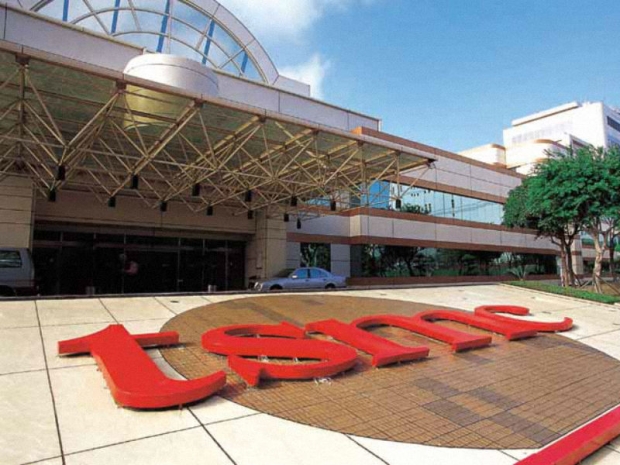According to Digitimes, the mobile chipmakers are looking for cheaper alternatives. The list of potential candidates is not too long – basically the companies could choose UMC, SMIC or Globalfoundries.
These three foundries are said to have obtained more 28nm orders as of Q1 2015.
Lower costs or lessening dependence on TSMC?
In addition to looking for better value, the world’s two biggest smartphone SoC makers are also said to be trying to lessen their dependence on TSMC, which dominated the 28nm SoC landscape for years. Both companies are also said to have suffered from “tight supply” of 28nm silicon from TSMC.
TSMC is currently churning out smartphone SoCs on three nodes – 28nm, 20nm and 16nm FinFET. However, aside from Apple and Qualcomm, which use the planar 20nm process for their latest flagship SoCs, and Huawei’s new Kirin 930 processor on 16nm, the vast majority of TSMC’s SoC business remains on 28nm.
The 20nm node is particularly interesting, because it was not widely adopted and in hindsight it looks like TSMC only went ahead with it for the sake of Qualcomm and Apple, which is what our sources hinted at last year.
28nm is still good enough for many outfits
While TSMC’s 20nm and 16nm nodes are attractive for some high-end SoC designs, they don’t make much sense in other market segments.
The bottom line is that an average FinFET SoC is bound to cost 2-2.5x more than a planar 28nm part. Prices of mid-range SoCs have tumbled by about 20% last year, so every penny counts – literally.
This is particularly true of the immensely competitive Chinese market. Most Chinese smartphones ship with 28nm parts, and most of these are low- to mid-end SoCs with four or eight Cortex-A7 or Cortex-A53 cores.
Shifting these products to any new node in 2015 simply does not make much financial sense, so Fudzilla expects 28nm to remain the node of choice for all cheap SoCs this year, and probably for the first couple of quarters of 2016.




